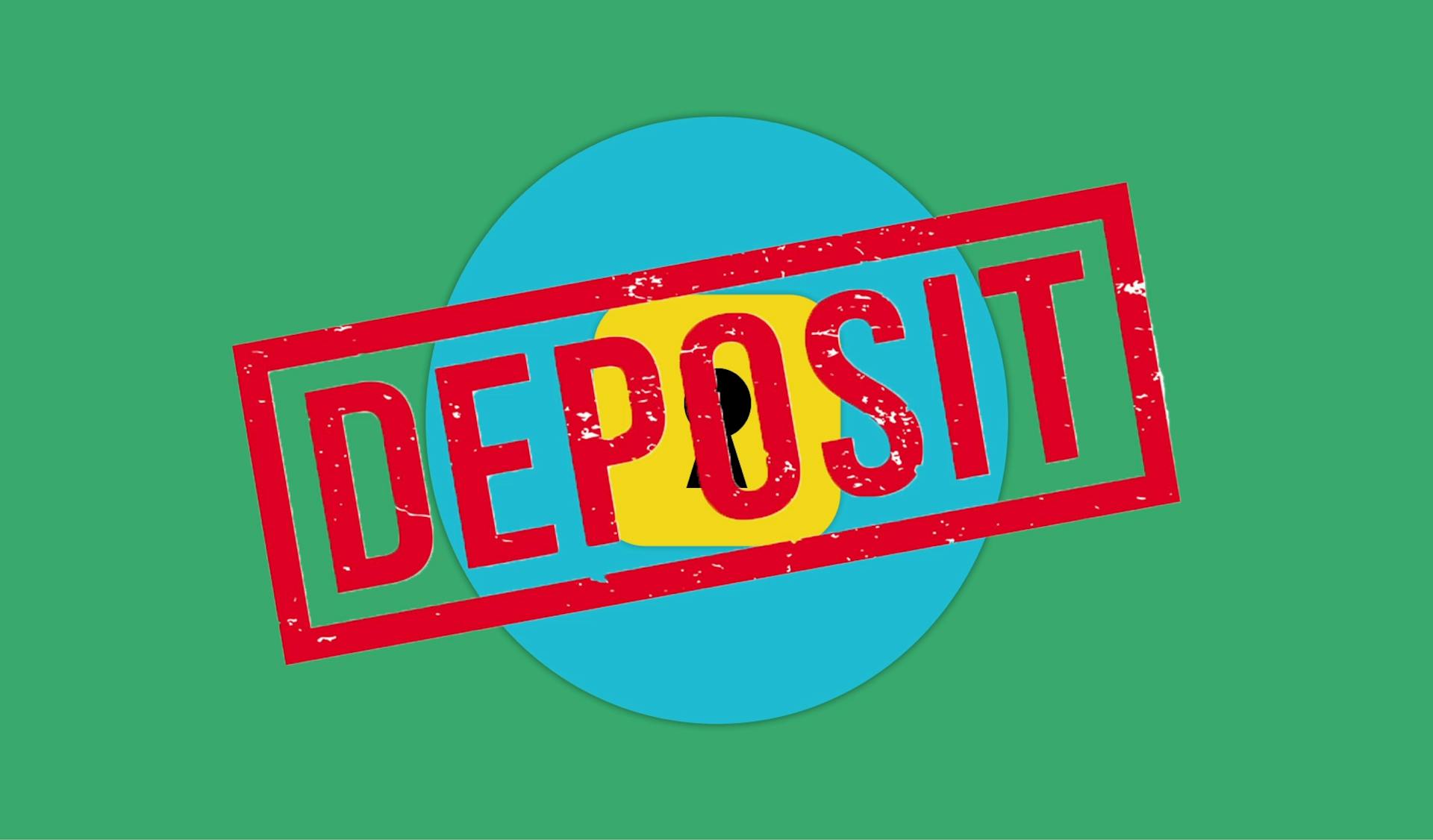
Understanding amortizing loans and amortization schedules can seem daunting, but it's actually quite straightforward.
An amortizing loan is a type of loan where the borrower makes regular payments that cover both the interest and principal amounts over a fixed period.
The loan is amortized, meaning the balance is gradually reduced over time, typically through equal monthly payments.
Each payment is applied to both the interest and principal, with a larger portion going towards the principal as the loan ages.
The interest rate and loan term determine the amount of each payment, with longer loan terms resulting in lower monthly payments but more interest paid over the life of the loan.
Loan Components
An amortizing loan is made up of several key components that work together to make the loan manageable.
The loan balance is the amount borrowed and is paid down over time through regular payments. This balance decreases as payments are made.
The interest rate is a crucial component, as it determines how much interest is paid over the life of the loan. The lower the interest rate, the less interest paid.
Interest Portion
The interest portion of a loan is a crucial component that borrowers need to understand. It represents the cost of accessing the credit, and the actual interest rate is determined by the lender based on the borrower's level of default risk.
The interest payment flows through to the profit and loss statement as an expense line item for corporate borrowers. This means it directly affects their financials.
To calculate the monthly interest rate, you'll need to divide your annual interest rate by 12. For example, if your annual interest rate is 6%, your monthly interest rate would be 0.5% or 0.005 in decimal form.
Here's a quick reference guide to help you calculate your monthly interest rate:
Keep in mind that the interest rate will impact your loan's overall cost.
Principal Portion
The principal portion of a loan payment is subtracted directly from the previous period's outstanding balance, reducing the total amount outstanding.
This reduction is what allows the proportion of interest to principal to decrease over time.
The new balance is then used to calculate the interest portion of the next period's blended loan payment.
For corporate borrowers, the principal portion of a blended loan payment appears as a reduction to the loan liability account on the balance sheet.
The reduction in principal also shows up as a use of cash on the statement of cash flows.
Credit
Credit can be a complex and misunderstood topic, especially when it comes to loan payments. Not all credit reduces via scheduled loan payments, and some types of credit don't even require regular payments.
Trade credit is a common example of non-amortizing credit. When companies sell on credit terms, there's typically no installment component to its repayment. This means a buyer can draw against their limit, pay it down, then draw again.
Interest-only loans are another type of non-amortizing credit. These loans provide flexibility by allowing the loan balance to revolve up and down depending on the person or company's cash position at any given time.
Some corporate credit may be extended using non-standard structures, such as bullet payments or PIK (pay-in-kind) structures. Both of these structures require the full amount of principal to be paid at maturity, but with a PIK, the interest expense is accrued and added to the loan balance, causing the loan balance to increase over time.
Here are some examples of non-amortizing credit:
- Trade credit
- Interest-only loans
- Bullet payments
- PIK (pay-in-kind) structures
Your Mortgage Options
Mastering your mortgage is about gaining control over your financial future as a homeowner.
You can make informed decisions about refinancing, extra payments, and your overall financial strategy by understanding how your mortgage payments are applied and how your loan balance decreases over time.
DSLD Mortgage is dedicated to empowering homeowners with the knowledge and tools they need to manage their mortgage journey with confidence.
Their online mortgage calculators and experienced Loan Officers are here to help you understand your amortization schedule, explore different scenarios, and create a personalized plan that aligns with your financial goals.
Contact DSLD Mortgage today to take the next step towards financial empowerment and ensure your mortgage works for you and your family for years to come.
Calculating and Scheduling
Calculating loan amortization involves using a formula to determine the monthly interest rate, which is done by dividing the annual interest rate by 12, as seen in Example 6.
To calculate the total monthly payment, you'll need to use the formula: Total Payment = Loan Amount × [i × (1 + i)^n] / [(1 + i)^n - 1], where i is the monthly interest rate and n is the number of payments, as shown in Example 5.
An amortization schedule breaks down how much of a level payment on a loan goes toward either principal or interest over time, typically presented as a table with six columns: Period, Beginning Loan Balance, Payment, Interest, Principal, and Ending Loan Balance, as explained in Example 3.
Here's a breakdown of the columns in an amortization schedule:
By understanding how to calculate and schedule loan amortization, you can better manage your loan payments and make informed decisions about your finances.
How It Works

Amortization is the process of gradually paying off a loan over time. It works by breaking down the total amount borrowed into smaller, equal payments, typically made monthly. This allows the borrower to pay off both the interest and the principal amount owed.
The monthly payment amount is usually determined by the loan amount, interest rate, and loan term. For example, a 30-year mortgage will have 360 monthly payments. The interest rate is divided by 12 to get the monthly interest rate, and the loan term is multiplied by 12 to get the total number of payments.
The loan balance decreases over time as each payment is made. Early in the loan term, most of the payment goes towards interest, while towards the end, it's mostly made up of principal. This is because the interest rate is applied to the outstanding loan balance, which decreases as the principal is paid off.

Here's a breakdown of what happens with each payment:
- Payment Number: Indicates which payment you're looking at (e.g., 1 for the first payment, 2 for the second, and so on)
- Payment Date: The date when the payment is due
- Beginning Balance: The outstanding loan balance at the start of the payment period
- Payment Amount: The total amount of your monthly payment
- Principal: The portion of your payment that goes towards reducing your loan balance
- Interest: The portion of your payment that goes towards interest
- Ending Balance: The remaining loan balance after the payment is made
An amortization schedule is a table that details each periodic payment on an amortizing loan. It helps you see how much of each payment goes towards interest and principal, and how the loan balance decreases over time.
Equated Monthly Installment
An Equated Monthly Installment (EMI) is a type of loan repayment where payments are divided into equal amounts for the duration of the loan. This makes it the simplest repayment model.
The formula for calculating EMI is:
P / (r × (1 + r)^n)
Where: P is the principal amount borrowed, r is the periodic interest rate divided by 100, and n is the total number of payments.
For example, let's say you're taking out a 30-year fixed-rate mortgage with a principal amount of $250,000 and an annual interest rate of 6%. To calculate the monthly payment, you would first divide the annual interest rate by 12 to get the monthly interest rate, which is 0.5% or 0.005.
Here's the formula in action:
M = $250,000 [ 0.005 (1 + 0.005)^360 ] / [ (1 + 0.005)^360 – 1 ]
Using a calculator or spreadsheet to solve this equation, you get a monthly payment of $1,498.88. This is your total monthly payment based on principal and interest.
Understanding and Importance
Understanding amortization is crucial for homeowners and businesses alike, as it helps them make informed financial decisions and forecast their costs over time.
Amortization refers to the process of paying off debt through regular principal and interest payments over time. This can be seen in loan repayment, where amortization schedules provide clarity into what portion of a loan payment consists of interest versus principal.
An amortizing loan has predetermined, periodic payments, with both an interest and a principal portion. The interest portion represents the cost of borrowing, while the principal portion is applied directly to reduce the outstanding loan balance.
Businesses and investors use amortization to understand and forecast their costs over time. In the context of loan repayment, amortization schedules provide clarity concerning the portion of a loan payment that consists of interest versus the portion that is principal.
Here are the key benefits of understanding amortization:
- Informed Financial Decisions: You’ll be able to make more strategic decisions about refinancing, making extra payments, or choosing a different loan term.
- Better Budgeting: Knowing how your payments are applied can help you plan your finances more effectively.
- Greater Peace of Mind: Understanding the amortization process can give you a clearer picture of your financial future and help you feel more in control of your mortgage.
Understanding amortization can also help you make informed financial decisions about your mortgage, potentially saving you thousands of dollars over the life of your loan.
Using the Formula
The formula for calculating your monthly mortgage payment is actually quite straightforward. You can use it to figure out exactly how much you'll need to pay each month.
Many websites offer online mortgage amortization calculators that can do the heavy lifting for you. Simply type in your loan amount, interest rate, and loan term, and the calculator will instantly generate your monthly payment. This can be a huge time-saver, especially if you're not comfortable with math.
You can also use the formula yourself, but it might give you high school flashbacks. Don't worry, it's not as scary as it looks.
Here's a step-by-step guide to using the formula:
1. Divide your annual interest rate by 12 to get the monthly interest rate.
2. Multiply the number of years in your loan term by 12 to get the total number of payments.
3. Plug these values into the formula: M = P [ i(1 + i)^n ] / [ (1 + i)^n – 1]
Remember, this calculation gives you your monthly payment based on principal and interest. Don't forget to factor in property taxes and homeowners insurance, as these can add up quickly.
The key to using the formula is understanding what each variable represents. Let's break it down:
- Loan Principal (P): This is the original amount you borrowed to purchase your home.
- Interest Rate (i): Your annual interest rate is divided by 12 to get the monthly interest rate.
- Loan Term (n): Your loan term is the number of years you have to repay the loan.
By following these steps and understanding the variables, you'll be able to use the formula with ease.
Frequently Asked Questions
What is the difference between amortization and regular loan?
The main difference between an amortizing loan and a simple interest loan is how interest is paid over time. In an amortizing loan, interest decreases and principal increases with each payment, whereas in a simple interest loan, interest remains constant.
What is amortized vs fixed loan?
A fully amortizing loan is paid off in equal installments over a set term, whereas a fixed-rate loan has equal payments, but the loan term may vary. Understanding the difference between these two can help you choose the right loan for your financial needs.
What is the difference between amortizing loan and term loan?
A loan's amortization period determines how long it takes to pay off the loan, while the loan term specifies the lender's commitment to the agreement. This distinction is crucial in understanding the loan's repayment structure and total cost.
What does it mean if a loan is fully amortized?
A fully amortized loan means that every monthly payment covers both principal and interest, ensuring the loan is paid off in full by the end of the term. This type of loan allows you to pay off the debt without any remaining balance.
What is a part amortising loan?
A part amortising loan is a repayment profile where you pay off only a portion of the loan's capital over time, rather than the full amount. This can be an attractive option for commercial mortgages, where you may only service the interest.
Sources
- https://corporatefinanceinstitute.com/resources/commercial-lending/amortizing-loan/
- https://en.wikipedia.org/wiki/Amortizing_loan
- https://www.calculator.net/amortization-calculator.html
- https://www.investopedia.com/terms/a/amortization.asp
- https://www.dsldmortgage.com/blog/how-to-use-mortgage-loan-amortization-formula/
Featured Images: pexels.com


